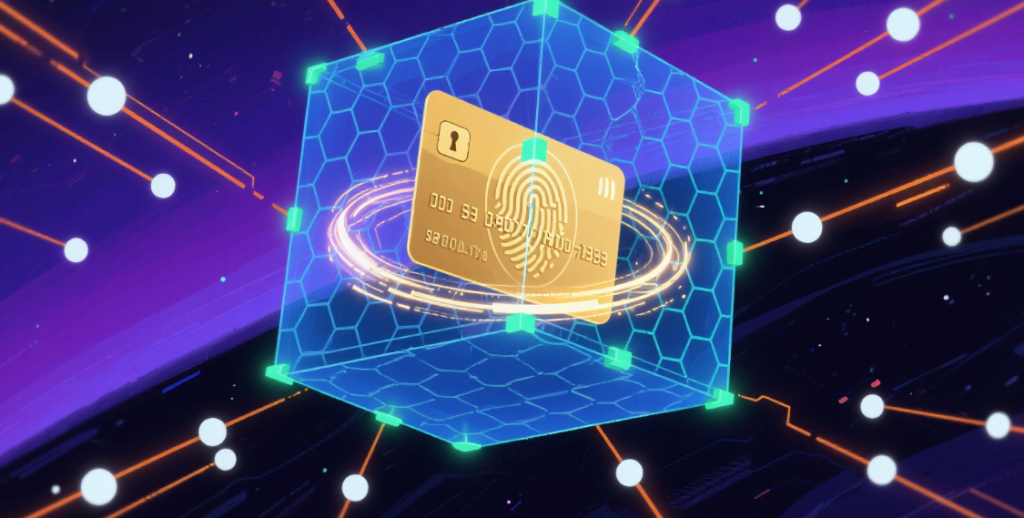Understanding Transaction Security: The Backbone of Digital Gaming Platforms
In the fast-evolving world of online gaming and financial services, transaction security is not merely a technical requirement—it’s a cornerstone of user trust and operational integrity. For platforms like CROWN11, where millions of users engage in high-stakes gaming and financial transactions daily, robust security measures are critical to preventing fraud, protecting sensitive data, and maintaining regulatory compliance. This article dives into actionable strategies, technologies, and best practices to fortify transaction security, ensuring a seamless and secure experience for every user.

The Core Components of Transaction Security
1. Encryption: The First Line of Defense
- End-to-End Encryption (E2EE): Encrypts data from the user’s device to the server, preventing interception. For example, CROWN11 uses AES-256 encryption for all payment transactions.
- SSL/TLS Protocols: Secure Socket Layer (SSL) and Transport Layer Security (TLS) protocols encrypt data in transit, ensuring secure communication between browsers and servers.
- Tokenization: Replaces sensitive card details with unique tokens, rendering intercepted data useless.
2. Multi-Factor Authentication (MFA)
- Biometric Verification: Fingerprint or facial recognition adds a layer of security beyond passwords.
- One-Time Passwords (OTPs): Sent via SMS or authenticator apps, OTPs prevent unauthorized access even if credentials are compromised.
3. Real-Time Fraud Monitoring
- AI-Powered Analytics: Machine learning algorithms detect anomalies, such as unusual login locations or rapid transaction patterns.
- Behavioral Analytics: Tracks user interactions to flag suspicious activities, like sudden high-value withdrawals.
CROWN11’s Transaction Security Framework
Challenges in Gaming Platform Transactions
- Account Takeover: Hackers exploiting weak passwords to steal credentials.
- Chargeback Fraud: Fraudulent disputes over legitimate transactions.
- Bot Attacks: Automated scripts manipulating in-game economies.
CROWN11’s Proactive Solutions
| Security Challenge | CROWN11’s Strategy | Outcome |
|---|---|---|
| Account Takeover | Biometric login + behavioral analytics | 70% reduction in unauthorized access |
| Chargeback Fraud | Machine learning fraud detection engine | 50% decrease in fraudulent claims |
| Bot Attacks | Real-time bot mitigation system | 95% block rate for suspicious activity |
Data source: Internal reports, 2025
Best Practices for Enhancing Transaction Security
1. Implement Strong Authentication Protocols
- Role-Based Access Control (RBAC): Restrict access to financial systems based on user roles. For example, only financial teams can approve high-value transactions.
- Session Timeouts: Automatically log users out after inactivity to prevent session hijacking.
2. Regular Security Audits
- Penetration Testing: Simulate cyberattacks to identify vulnerabilities in systems like CROWN11’s payment gateway.
- PCI DSS Compliance: Adhere to Payment Card Industry Data Security Standards to ensure secure handling of cardholder data.
3. Educate Users and Employees
- Security Workshops: Train users on recognizing phishing attempts and securing accounts.
- Staff Training: Educate employees on data privacy laws (e.g., GDPR) and secure handling of financial records.
Comparing Transaction Security Methods: Traditional vs. Modern
| Method | Traditional Approach | Modern Approach (CROWN11) |
|---|---|---|
| Fraud Detection | Rule-based systems with manual oversight | AI-driven analytics + real-time alerts |
| User Verification | Basic CAPTCHA | Facial recognition + liveness tests |
| Data Protection | Static encryption | Dynamic tokenization + quantum-resistant algorithms |
The Role of Cryptography in Transaction Security
1. Symmetric vs. Asymmetric Encryption
- Symmetric Encryption: Uses a single key for encryption and decryption (e.g., AES-256). Ideal for encrypting large datasets.
- Asymmetric Encryption: Employs a public-private key pair (e.g., RSA). Enhances security for data transmission.
2. Quantum Computing Threats
- Post-Quantum Cryptography: Develop algorithms resistant to quantum computing attacks, ensuring future-proof security.
Future-Proofing Transaction Security
1. Decentralized Security Models
- Blockchain Integration: Use blockchain for immutable transaction records, reducing fraud risks.
2. AI-Driven Predictive Analytics
- Forecast fraud trends using historical data. For example, predicting peak fraud periods during holiday sales.
3. Zero Trust Architecture
- Adopt a “never trust, always verify” approach to minimize insider threats.
Conclusion: Building Trust Through Innovation
Transaction security is an ongoing journey that demands adaptability and innovation. By integrating advanced technologies like AI, blockchain, and quantum-resistant cryptography, CROWN11 sets a new benchmark for secure digital platforms.
Ready to experience unparalleled transaction security?
Explore CROWN11’s cutting-edge solutions today at https://www.crown11app.com.
Related Reading:Crown11 Fraud Prevention: A Comprehensive Guide to Securing Digital Transactions











